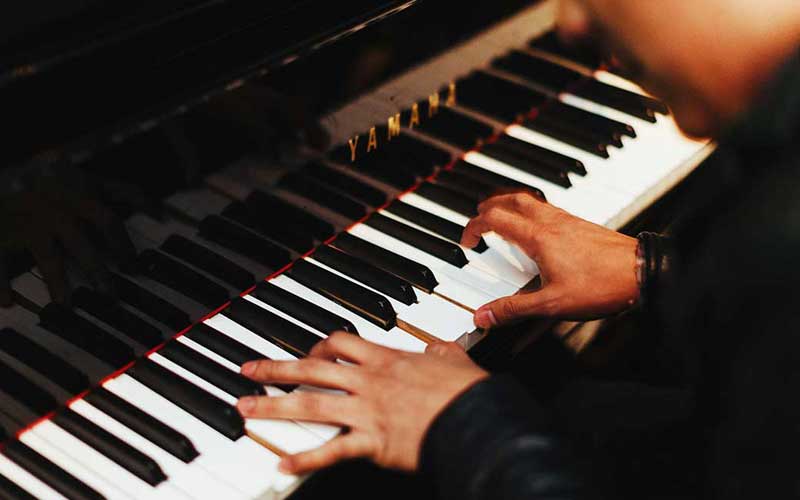Even though this website is mainly intended to teach you how to do things to become a virtuoso pianist, practising the piano should always be seen as an enjoyable experience. Yet, hopefully, there will always be a reason for why you are practising a particular piece, even if that means that this piece is just for fun. However, this could be different with your piano instructor. He or she, most of the time, will have a plan for why their chosen repertoire may be advantageous to your progress.
First rule of practising: Try to practice your entire program every day. Do not leave pieces behind to “rot”. Even if that means that you have only three seconds left to spend in one of your pieces. My point is that we shouldn’t wait until a piece is “perfect” before we go to the next one. There is no such a thing as a perfected piece of music.
Start each day by practising your hardest piece first. As our concentration is draining out minute by minute, we must focus to the toughest pieces first, before we move to the less mentally or physically challenging.
Divide your time skillfully by deciding in advance how long you will spend practising each piece. Here’s a method I have been using quite a lot myself when I am hard-pressed to learn a new piece in a hurry. Let’s assume that you had three hours to practice and that your first piece had a 40 percent difficulty, the second had a 35 percent and the third had a 25 percent. Thus, all the pieces together would make 100 percent of difficulty per session. It would have been very straightforward to suggest that you were going to spend an hour on each piece, and that’s it. However, as far as I am concerned, this is the least successful option that we have. What we actually need to do, and as a very rough guide, we should dedicate 40 percent of those three hours to our hardest piece (or 72 minutes), 35 percent of the time on the second hardest piece (or 63 minutes), and 25 percent of the time (or 45 minutes) on our last piece. Pretty straightforward.
However, piano pieces are not tomatoes waiting for us to weigh them on a scale in the supermarket; it is impossible to “weigh” with precision musical or technical difficulty. What we can do though, is to sensibly allocate time for each of our pieces.
Yet Sometimes, we would not have enough time to even play through our 328 pieces that are seventeen and a half hours long. Thus, we must prioritize according to when those pieces need to be performed. If our next concert for example is next week, we need to concentrate solely on that repertoire and not on the one that takes place in a month’s time.
To finish, by all means practice whichever pieces you enjoy the most and make you feel happy. This is the purpose of music anyway. But always try as much as possible to prioritize pieces and allocate the right time for each one of them.


